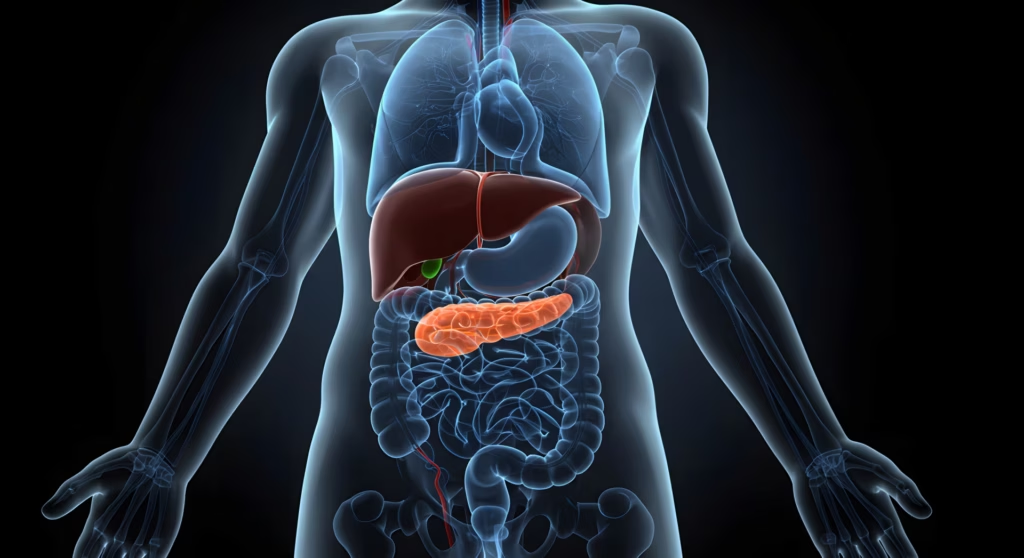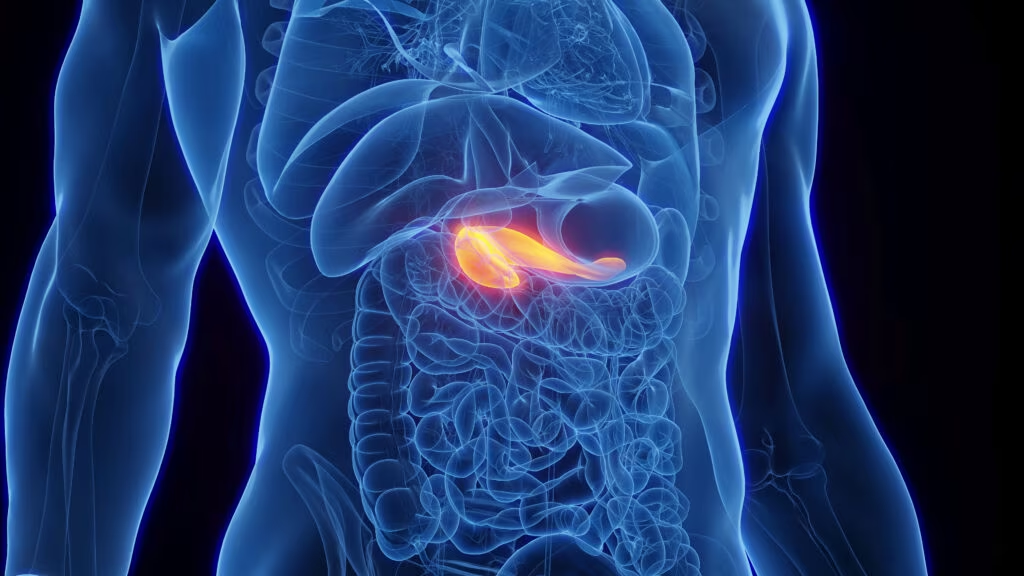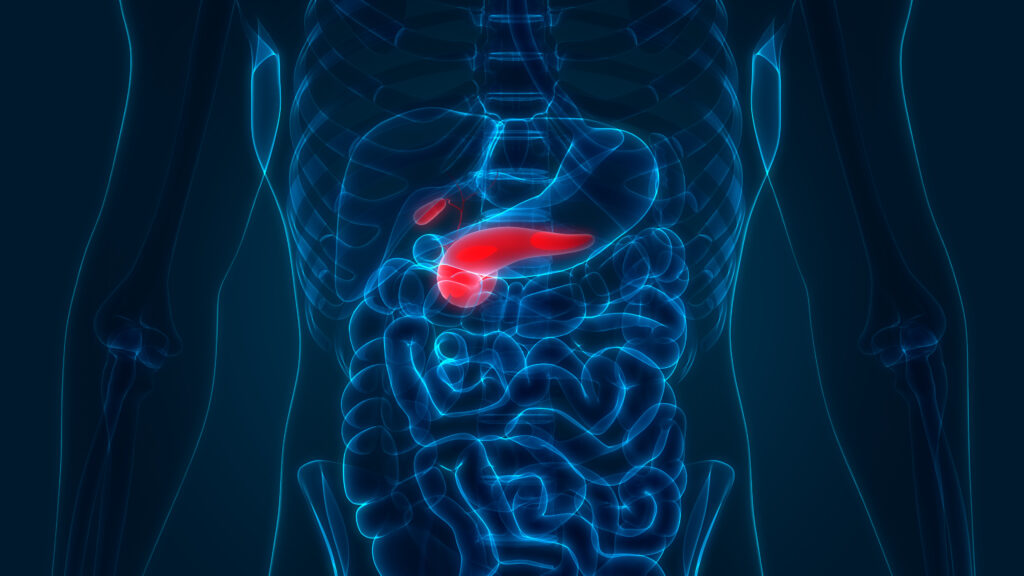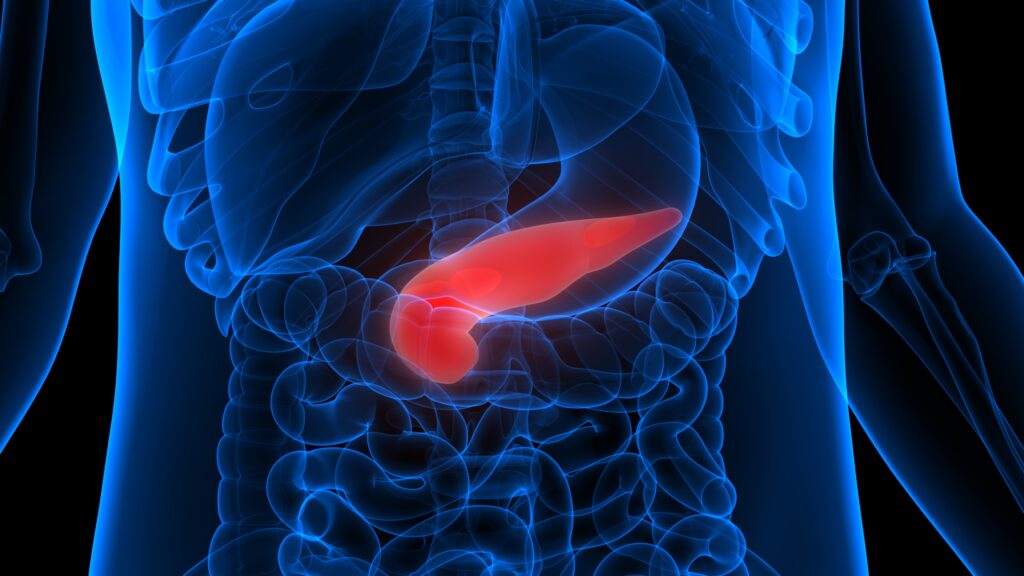Ranibizumab in Diabetic Macular Oedema – A Benefit–risk Analysis of Ranibizumab 0.5 mg PRN Versus Laser Treatment
Abstract
Overview
Introduction: The structured Benefit–risk Action Team (BRAT) approach aims to assist healthcare decision makers in treatment
assessments. We applied BRAT to compare the benefit–risk profile of ranibizumab 0.5 mg versus laser photocoagulation for the
treatment of diabetic macular oedema (DMO). Methods: One-year data for the ranibizumab 0.5 mg pro re nata (PRN) and laser
arms of the phase III trials RESPOND (NCT01135914; n=220), RESTORE (NCT00687804; n=345), and REVEAL (NCT00989989; n=396)
were included in the analysis. The benefit measures included ≥10 letters gain/avoidance of loss in best-corrected visual acuity (BCVA),
achieving central retinal thickness (CRT) <275 μm, and 25-item Visual Function Questionnaire (VFQ-25) outcomes. The risks measures
included endophthalmitis, intraocular pressure increase, hypertension, proteinuria, arterial/venous thromboembolic events and deaths.
Results: Ranibizumab treatment provided significant benefits compared with laser for ≥10 letter BCVA gain at month 12 (387/1,000 versus
152/1,000 patients), CRT <275 μm at 12 months (474/1,000 versus 348/1,000 patients), and improvement of ≥6.06 on the VFQ-25 near
activities subscale (325/1,000 versus 245/1,000 patients). Results for the risk measures were similar for both treatments. Conclusions:
Superior clinically relevant outcomes were observed with ranibizumab 0.5 mg PRN compared with laser without compromising on safety.
This analysis further supports the positive benefit–risk profile of ranibizumab 0.5 mg PRN.
Keywords
Ranibizumab, laser, diabetic macular oedema, benefit–risk profile
Article Information
Disclosure
Focke Ziemssen is consultant for Alimera, Allergan, Bayer
Healthcare, Boehringer Ingelheim, Biogen, Novartis and Roche. Cornelia
Dunger-Baldauf, Philippe Margaron and Howard Snow are employees of
Novartis Pharma AG., Basel, Switzerland. William David Strain reports
grants and personal fees from Novartis, during the conduct of the study,
personal fees from Boehringer Ingelheim, Eli-Lilly, Janssen, Pfizer and
Novo-Nordisk outside the submitted work. Alan Cruess has nothing to
declare in relation to this article.
Correspondence
Focke Ziemssen, University Eye Hospital
Tuebingen, Elfriede-Aulhorn-Str. 7, 72074 Tuebingen, Germany.
E: focke.ziemssen@med.uni-tuebingen.de
Support
The publication of this article was supported by Novartis.
Access
This article is published under the Creative Commons
Attribution Noncommercial License, which permits any non-commercial use,
distribution, adaptation and reproduction provided the original author(s) and
source are given appropriate credit.
Acknowledgements
The authors acknowledge Claire Bailey for her
significant contribution towards the design and conduct of the analysis and for
the development of this manuscript. Writing support was provided by Jennifer
Green (Green Ink Communications) and was funded by Novartis. William David
Strain would like to acknowledge the support of the National Institute for Health
Research (NIHR) Exeter Clinical Research Facility and the NIHR Biomedical
Research Centre scheme. The views expressed in this publication are those of
the author(s) and not necessarily those of the NIHR Exeter Clinical Research
Facility, the NHS, the NIHR or the Department of Health in England.
Received
2017-05-10T00:00:00
Further Resources

Trending Topic
We are pleased to present the latest issue of touchREVIEWS in Endocrinology, which offers a timely and thoughtprovoking collection of articles that reflect both the continuity and evolution of diabetes and metabolic disease research. In an era where technology, public health priorities and clinical paradigms are shifting rapidly, this issue highlights the importance of evidence-based […]
Related Content in Diabetes

Coronavirus disease 2019 (COVID-19) is a life-threatening infection caused by severe acute respiratory syndrome coronavirus 2 (SARS-CoV-2).1 Diabetes mellitus is one of the most frequent comorbidities, related to hospitalization due to SARS-CoV-2 infection, as well as a risk factor for disease severity, ...

Diabetes is a chronic disease associated with both acute and chronic complications. Many advances have been introduced throughout history to address these problems. While each clinical breakthrough was welcomed with relief and the expectation that a solution had been discovered, ...

Article Highlights Early use of sodium–glucose co-transporter-2 inhibitors following myocardial infarction was associated with the following factors: Lower hospitalization for heart failure (odds ratio [OR]: 0.75; 95% confidence interval [CI]: 0.62–0.90; p=0.002). Similar cardiovascular deaths (OR: 1.04; 95% CI: 0.83–1.30; p=0.76). Similar all-cause mortality (OR: 1.00; 95% ...

Very few trials in the history of medical science have altered the treatment landscape as profoundly as the UK Prospective Diabetes Study (UKPDS). Even 44 years after its inception, the trial and post-study follow-up findings continue to fascinate and enlighten the ...

It is with great pleasure that we present this latest issue of touchREVIEWS in Endocrinology, which brings together a diverse array of high-quality articles focused on the evolving landscape of endocrine disorders. The importance of patient-centred care is exemplified in ...

Dry eye disease (DED) is known as dry eye syndrome (DES) or keratoconjunctivitis sicca. According to the Tear Film and Ocular Surface Society’s Dry Eye Workshop II (TFOS DEWS II), it constitutes a multifactorial disease of the ocular surface, ...

The prevalence of diabetes during pregnancy is rapidly increasing. In the USA alone, an estimated 1–2% of pregnant women have type 1 diabetes (T1D) or type 2 diabetes (T2D), and an additional 6–9% develop gestational diabetes.1 From 2000 to 2010, the prevalence of gestational ...

Dipeptidyl peptidase-4 (DPP-4) is a ubiquitous, multifunctional, 766-amino acid, type 2 transmembrane glycoprotein, which participates in the regulation of metabolic functions, immune and inflammatory responses, cancer growth and cell adhesion.1 It has two forms: the first is a membrane-bound form, which ...

Metformin Metformin has been recommended as the first-line glucose-lowering agent for the management of type 2 diabetes (T2D) for several decades due to its efficacy and safety profile.1–3 In fact, metformin has been widely used as an insulin-sensitizing agent for ...

Welcome to the latest edition of touchREVIEWS in Endocrinology, which features a range of review, case report and original research articles that highlight some key developments in our understanding and management of endocrinological disease. We begin with a commentary from ...

Type 2 diabetes (T2D) continues to pose an ever-greater global health challenge, with 1.31 billion individuals predicted to be living with diabetes globally by 2050; the majority of whom will have T2D.1 Closely linked to T2D is metabolic dysfunction-associated steatotic ...

Gestational diabetes mellitus (GDM) is generally defined as “any degree of glucose tolerance with onset or first recognition during pregnancy”.1 It currently is one of the diseases with the highest morbidity among pregnant women.2 Determining its prevalence has been a ...
Latest articles videos and clinical updates - straight to your inbox
Log into your Touch Account
Earn and track your CME credits on the go, save articles for later, and follow the latest congress coverage.
Register now for FREE Access
Register for free to hear about the latest expert-led education, peer-reviewed articles, conference highlights, and innovative CME activities.
Sign up with an Email
Or use a Social Account.
This Functionality is for
Members Only
Explore the latest in medical education and stay current in your field. Create a free account to track your learning.

